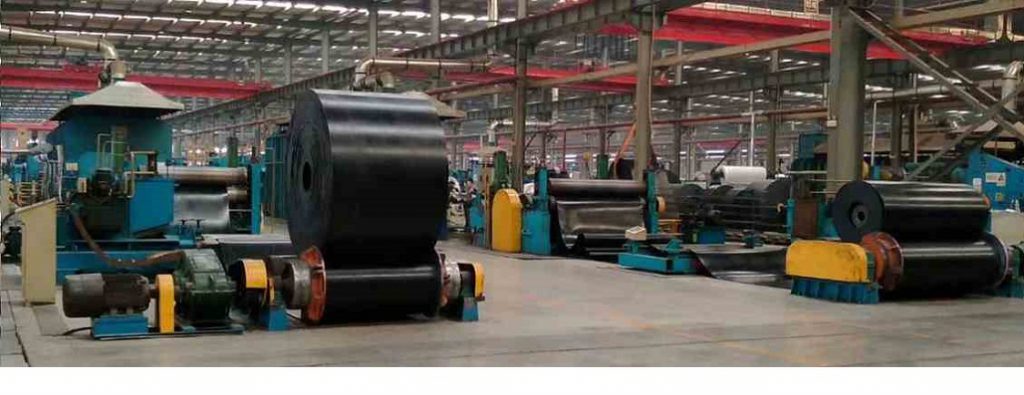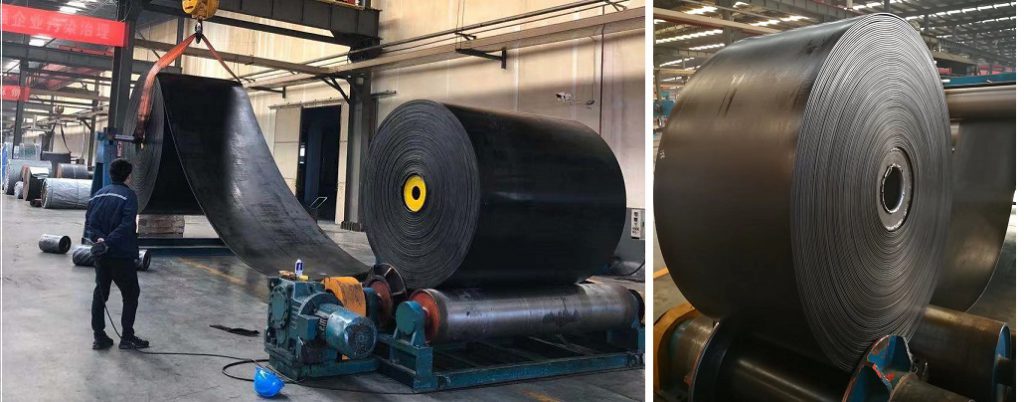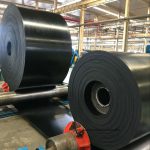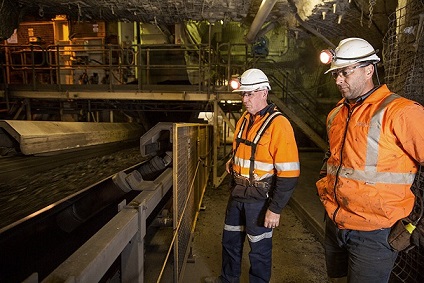The Four Technical Parameters Must be Known when Selecting Conveyor Belt

1. Conveyor conveying capacity: The conveying capacity of a conveyor refers to the amount of material conveyed per unit time. When conveying bulk materials. Calculated based on the number of pieces transported per hour. The conveying speed of the conveyor is increasing day by day. However, high-speed belt conveyors need to pay attention to problems such as vibration, noise, starting and braking. For conveyors that use chains as traction parts,
2. Conveyor conveying speed: Increasing the conveying speed can increase the conveying capacity. When the conveyor belt is used as the traction part and the conveying length is large. The conveying speed should not be too high to prevent increasing the dynamic load. Conveyors that are performing process operations at the same time, the conveying speed should be determined according to the requirements of the production process.
3. Dimensions of conveyor components: The component dimensions of the conveyor include conveyor belt width, slat width, hopper volume, pipe diameter, and container size. The size of these components directly affects the conveying capacity of the conveyor.
4. Conveyor conveying length and inclination angle: The length and inclination angle of the conveyor conveying line directly affect the total resistance of the conveyor and the required power





Tags: conveyor belt design,conveyor belt manufacture,CONVEYOR BELT SELECTION






